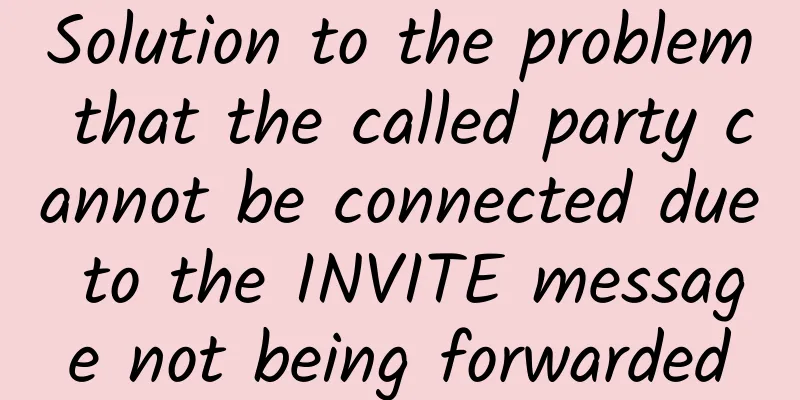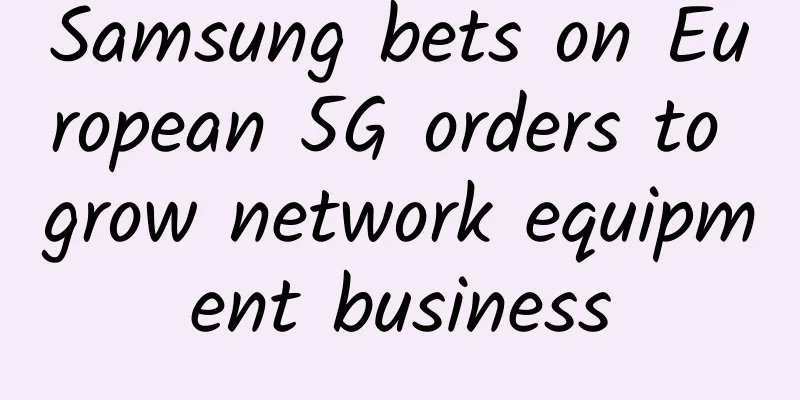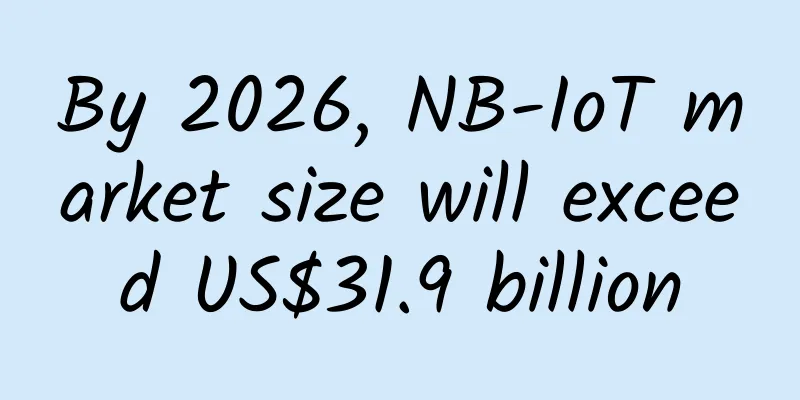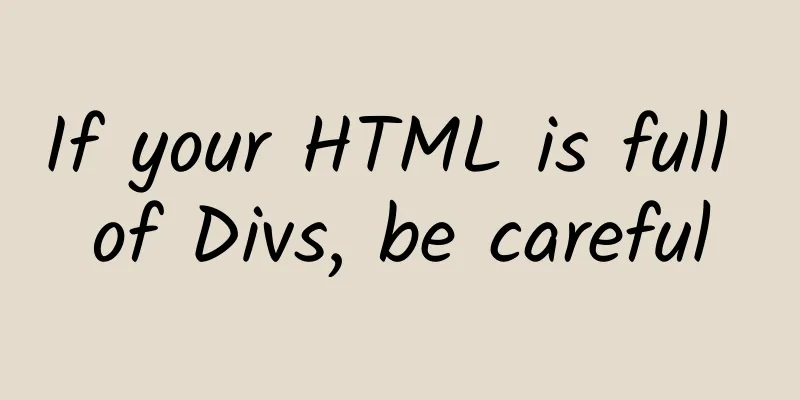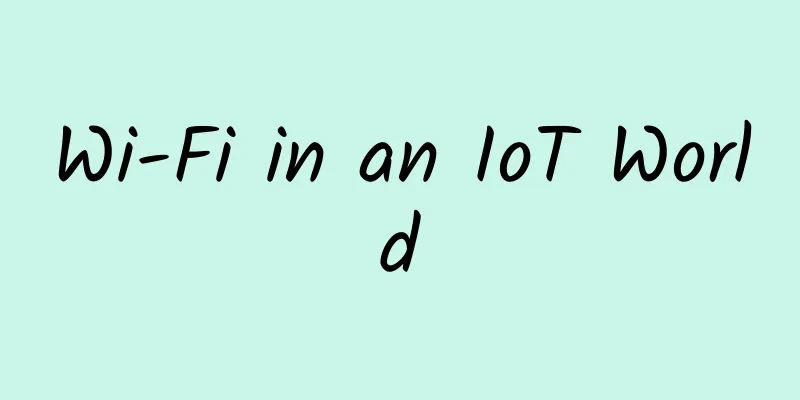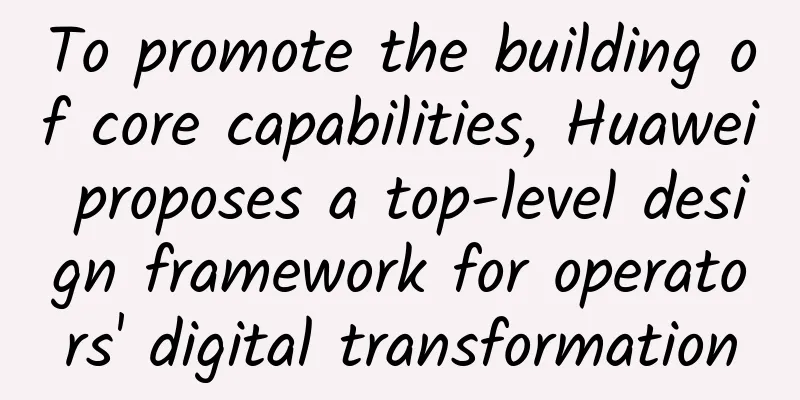What does 5G mean for enterprise business?
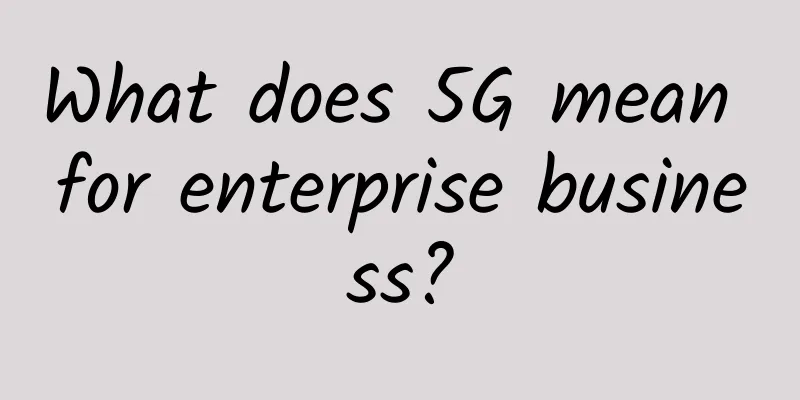
|
Mobile 5G networks promise to be the bridge to Industry 4.0. But the reality is that coverage is spotty and access costs are high. What should enterprise business CTOs consider when enabling 5G? With so much hype over the long term, 5G has become one of the most anticipated technology leaps forward for the enterprise space. Will it live up to expectations? And what will it mean for large, complex data applications? The 5G FactorIn short, 5G offers businesses significant data performance improvements over previous iterations of cellular technology. It offers faster speeds, less latency in data transmission, and greater throughput.
This means two things: instant online experiences for mobile consumers and, more profoundly, the opening of the digital economy to cutting-edge enterprise-grade technologies. 5G will upgrade access for gamers and home workers, who will experience speeds comparable to wired connections, but large and complex data applications are most likely to have an impact. “The performance characteristics of 5G connectivity enable emerging technologies: edge computing, artificial intelligence, data analytics and more,” said Richard Webb, director of network infrastructure at CCS Insight. “In terms of opportunities, it depends on where the business is in its digital transformation, but as businesses become more data-centric in their operations, 5G opens up new options for where operational data and processes reside. This could create a path to greater operational efficiency, cost savings, improved customer experience, or new revenue streams.” A great leap forward5G has the potential to deliver data 10 to 20 times faster than its predecessor, 4G, especially in urban and city settings where it works best. With speed comes capacity—more information transmitted through the same bandwidth—and that’s where the real potential lies. 5G enables businesses to deploy more devices and sensors in more locations without having to invest in the kind of fixed-line connections required for the high-data consumption and always-on connectivity use cases that will power the smart cities, utilities, transportation, hospitals and smart factories of the future. Jaco Vermeulen, chief technology officer at BML Digital, said that before now, long-distance connections meant smaller data volumes and limited scheduled feeds, but 5G raises the bar for capacity and continuous upstream and downstream data feeds. He added: “This enables IoT projects to explore a wider range of capabilities and use cases, and provides richer input for big data collection. It opens up AI and machine learning to process with a denser set of data points, producing more accurate outputs.” New, more powerful cellular technologies bring greater automation capabilities, lower costs, greater support for a wide range of devices with lower power consumption and longer battery life, and improved security. At the enterprise level, it will promote emerging technologies such as robotic process automation, predictive analytics and flexible remote work models for employees both on-site and at home. More people working outside of centralized centers means more advanced enterprise applications accessed through consumer-grade phones, so connectivity must be improved, said Doug Castor, senior director of 6G projects at Philadelphia-based InterDigital. “With more complex applications now serving a host of new use cases, these advances are pushing 4G connections to their limits and data consumption to the extreme. As a result, 4G will have to hand over the baton to 5G as the quality of service requirements exceed the limits of what it can provide.” The opportunity is not just about accelerated development in general, but the gateway to entirely new advances in areas such as health, manufacturing, travel, and retail, to name just a few sectors of the economy ripe for modernization. “With the continued adoption of bandwidth provided by 5G, cities, hospitals, real estate, transportation and municipalities will take advantage of smart technologies designed to improve quality of life, community interaction and public safety,” said Laura Roman, Chief Marketing Officer of EDJX USA. The road to adoption5G will facilitate granular, real-time data collection in the factories of the future. It will help doctors triage patients before they arrive at the hospital. Shoppers will have seamless access to virtual dressing rooms. The possibilities are vast and it’s easy for buyers to get ahead of themselves, but in the view of Richard Webb of CCS Insight, organizations that define a clear business case before adopting 5G technology will see the best results. “Overall, I wouldn’t advise anyone to ‘rush’ to upgrade, but I do think 5G is worthy of consideration by enterprise CIOs, CTOs and network directors. It can be a powerful option to support digital transformation and enable more agile data and cloud or edge operations. “This will most benefit enterprises that have identified use cases that are limited by existing network infrastructure. It can deploy 5G private mobile networks within corporate campuses to support localized applications and enable new use cases, improve data security, and create a more unified technology platform across the enterprise.” He gave the example of an enterprise wanting to upgrade its CCTV network. Its Wi-Fi network might handle feeds from 25 cameras across the campus, but a 5G private network could double that number. Other use cases include adding new operations, data capture for analytics, inventory sensors, and more. The key is for the CTO to understand why they are making the upgrade. 5G for Enterprise BusinessAnother consideration influencing the switch is the existing ecosystem of 5G devices, which beyond smartphones is catching up to, in part due to the impact of the Covid-19 pandemic and a global semiconductor shortage. Companies should also consider whether all aggregators, storage, processing power and automation systems can handle the enhanced data exchange, said Jaco Vermeulen of BML Digital. Asaf Gigi, floLIVE's vice president of marketing, points to potentially high entry costs and patchy coverage, at least in the early days, though both factors should fade over time. In a sense, 5G promises to be the missing link in the digital transformation of enterprises, without which many future prospects will be eclipsed. If experts get it right, the new cellular technology will deliver on business expectations at the enterprise level, but it won’t happen overnight. |
<<: HTTP History - From HTTP/1 to HTTP/3
>>: 5G and AI Use Cases - How 5G Helps Implement Artificial Intelligence
Recommend
Banks jointly explore new driving forces for transformation in 2021: large banks are preparing for qualitative changes while small banks are bridging the digital divide
In 2021, my country's "14th Five-Year Pl...
CERNET and Shengbang Security have reached a strategic cooperation, allowing colleges and universities to experience more efficient and convenient Web security governance SaaS services
[51CTO.com original article] On October 24, CERNE...
Users say “I would never use 5G if I can use 4G”. Why is 5G so unpopular now?
Speaking of 5G, it is estimated that everyone kno...
Global 5G users will reach 3.5 billion by 2026
Globally, more than 1 billion people, or 15% of t...
The high-quality development of 5G still requires more active policy support
Recently, the three major telecom operators have ...
COVID accelerates interest in 5G, digital transformation, and IoT
[[409518]] The COVID-19 pandemic has accelerated ...
Sina Weibo Hou Qinglong: Weibo LNMP architecture in the new era
【51CTO.com original article】Just last week, the W...
How 5G infrastructure can support small data centers at the network edge
[[375109]] 【51CTO.com Quick Translation】5G techno...
China Mobile Capital leads the investment in Unisplendour Cloud, completes 600 million yuan financing and focuses on the government and enterprise market
On September 15, Unisplendour Cloud Technology Co...
Blockchain subverts the underlying architecture of the financial industry and opens a new era of value interconnection
Blockchain is essentially a decentralized databas...
What changes will the integration of 5G and the Internet of Things bring?
The convergence of 5G and the Internet of Things ...
Is the WiFi6 network upgrade in your new or old home so great?
At the beginning of the new year, many friends be...
Why is the TCP connection a three-way handshake, not a two-way handshake or a four-way handshake?
The text is reproduced from the official account:...
What are the future trends of mobile phone connections?
Over the next decade, the number of connected end...
Learn more about Zero Trust Network Access (ZTNA)
Traditional perimeter-based network protection co...

